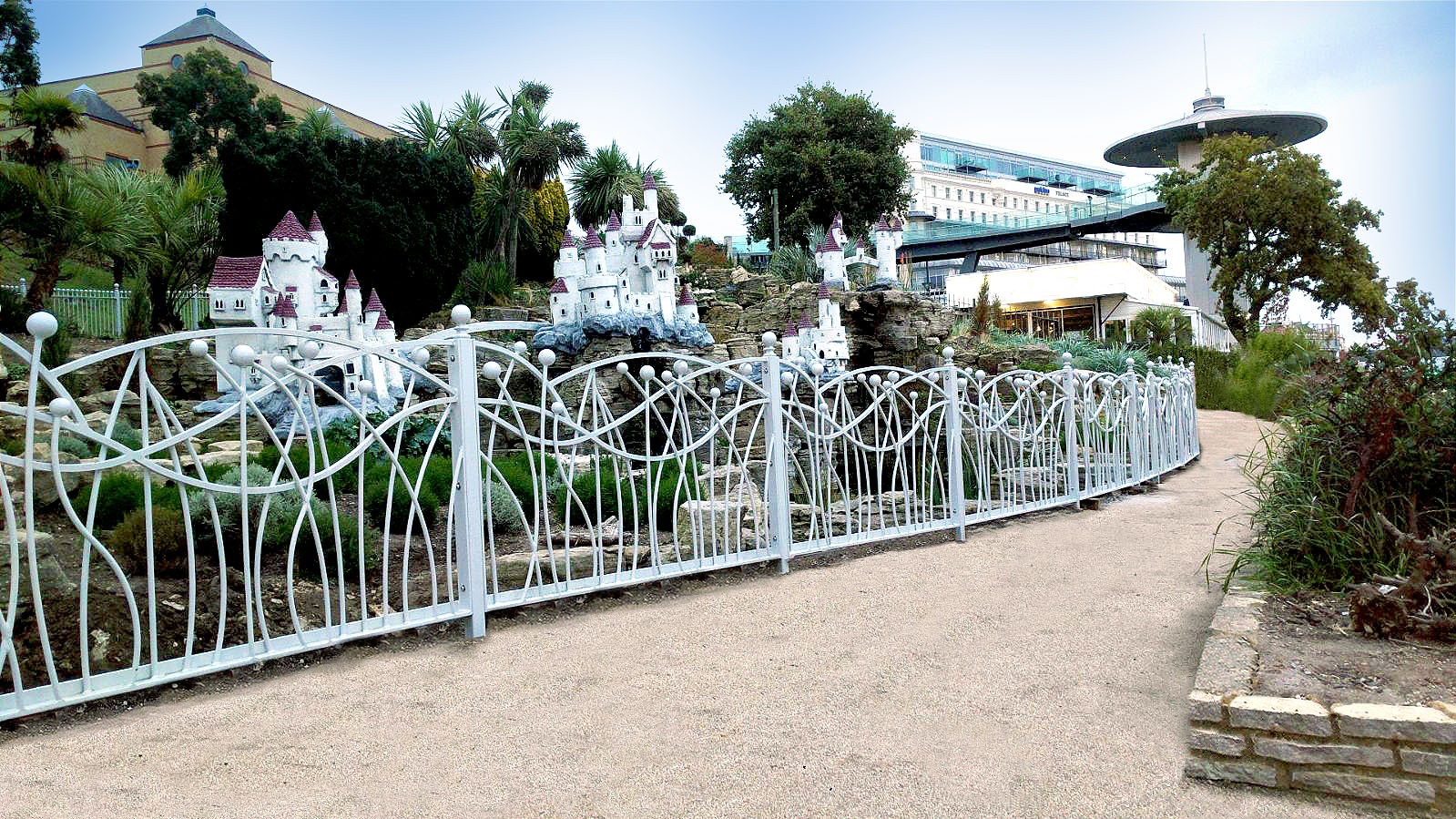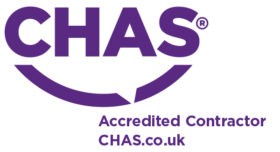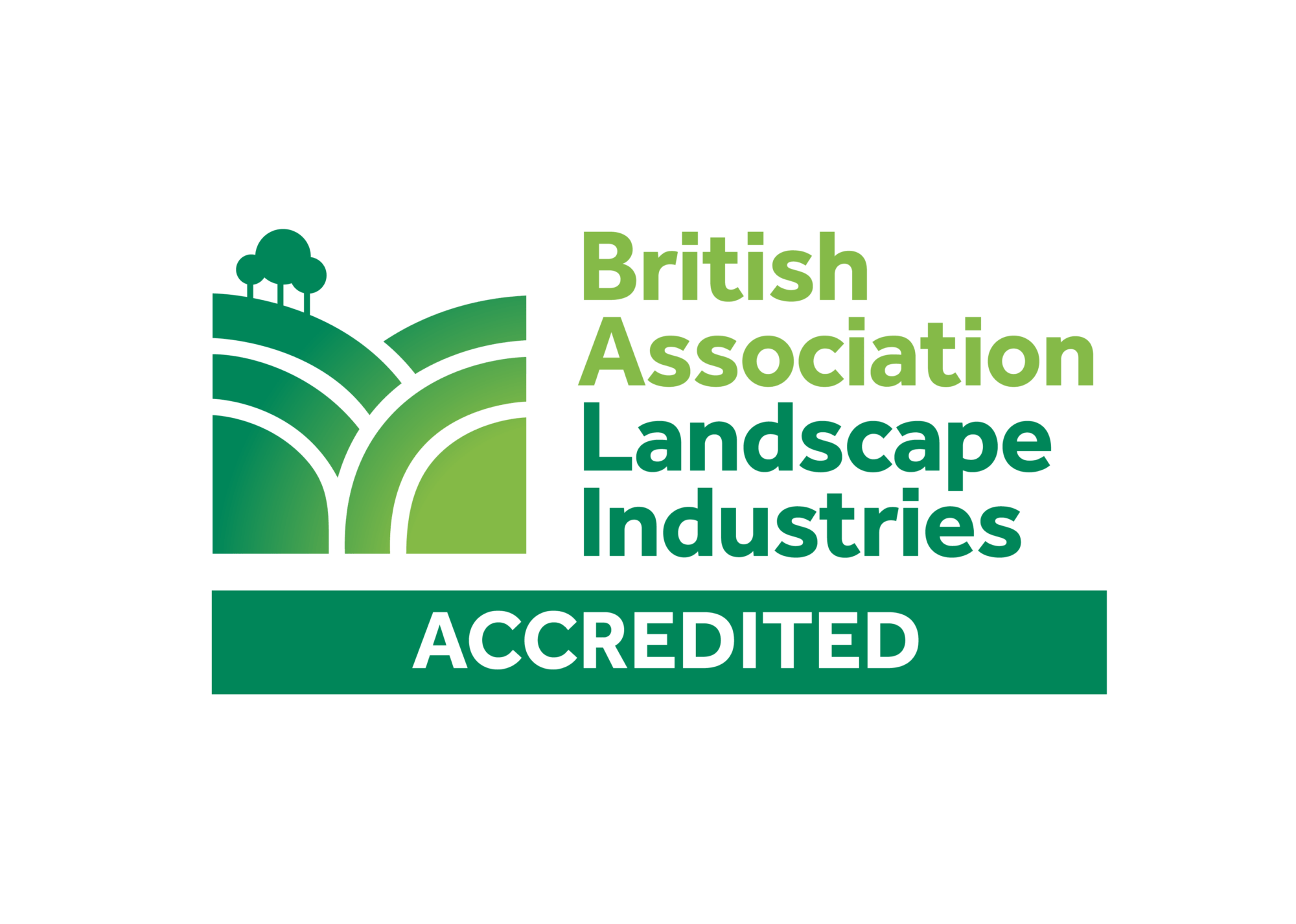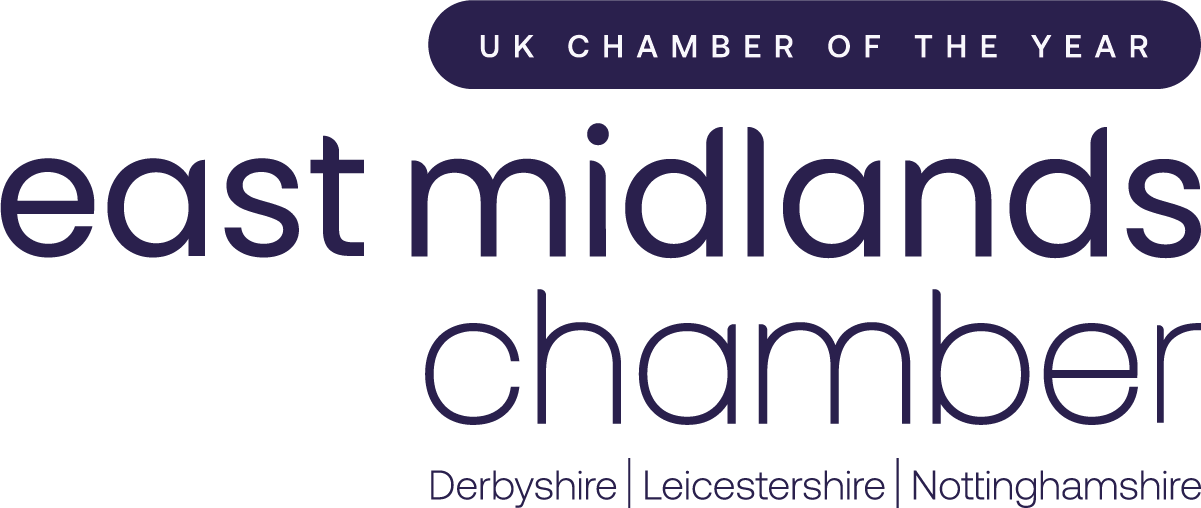If you are about to embark on a project to build a new housing estate, regenerate a public park or garden, or highways construction project that requires railings, one the first considerations you will face when specifying the materials and designs will be the choice of materials. Quite often it’s a simple choice of metal railings vs wooden fencing, but there are also alternatives such as aluminium and plastic.
Debating the pros and cons of fencing materials like aluminium, vinyl, wood, steel, wrought iron, and chain-link is an important part of the decision making process and the factors that will govern your choice of materials will be based on many factors.
Some of these decisions will be based on factors such as affordability, susceptibility to damage, durability, longevity, ease of installation, ongoing maintenance costs, exposure to the elements – particularly wind – and finally, how attractive they will look given the landscape considerations of the location where they will be installed.
Each material has their own individual drawbacks. These include high costs, their tendency to rust, lack of choice of design options, and of course with some material choices, the frequent and frustrating need to ensure they are regularly maintained, cleaned, and painted.

In commercial projects like housing developments, public park regeneration projects and highways construction schemes, the choice usually boils down to two options – metal railings vs wooden fencing.
The Pros and Cons of Metal Railings vs Wooden Fencing
WOODEN FENCING
Wood is a common choice because usually its relatively inexpensive and it can be easily cut to shape to make many different designs and styles.
As the panels can be fitted to overlap each other to avoid gaps, wood fencing works well when there is a need for complete privacy. The fact that it can be painted or stained is also attractive. Particularly as fence paint manufacturers have significantly expanded the range of paints and stains available.

The downside of wood is that in order for it to continuously look good, it needs repainting or staining at least every year. This maintenance can be labour intensive and expensive.
Also, damp and wet conditions will also take their toll on wood fencing, and there is the additional risk of wood rotting or warping. This lack of durability, strength and susceptibility to damage can mean wood is a more expensive option in the longer run.
Installing a wooden fence in locations that mean it will exposed to damage from vandalism or vehicle collisions and the ongoing cost of continuously repairing can replacing damaged panels can easily make wood cost prohibitive.
METAL RAILINGS
There can be no argument that metal railings fence will be stronger and more durable than wood.
Most metal railings are now made from steel. Whilst some may still call them cast iron railings, very rarely are the railings actually made from iron, as it’s quite a rare metal which becomes very brittle when heated during the fabricating process.
Consequently, most railings are manufactured from steel which is then hot dip galvanised, which helps to protect the metal from rust for at least 15-20 years. The galvanised steel is then usually polyester powder coated which provides further protection from the elements. This means very little maintenance is required and because metal railings are sturdier, they are less likely to be damaged.
So, whilst the initial cost may be more, over the longer term, installing metal railings can be far more cost effective and attractive. Unlike wood, which can’t be bent or curved, Metal railings can also be manufactured to curve around bends and rise nicely up and down uneven or sloped terrains. They are also available in a wide variety paint colours and decorative finials can also add a unique and defining finishing touch.

In addition to the traditional vertical infill bar styles, metal railing manufacturers like Alpha Rail can fabricate railings in all kinds of bespoke designs and colours. And, now that full width panels can be made in sheet metal, even total privacy can be achieved using metal railings!

So, the only really downside of metal railings is possibly the cost – but in the long run, when balancing the initial purchase cost against those related to ongoing maintenance, longevity and durability – we are sure you’ll steer towards using metal railings!

If your next project requires metal railings or gates please email us your design specification.
Alternatively, if you are looking for design ideas, our image gallery and project library may inspire you.









